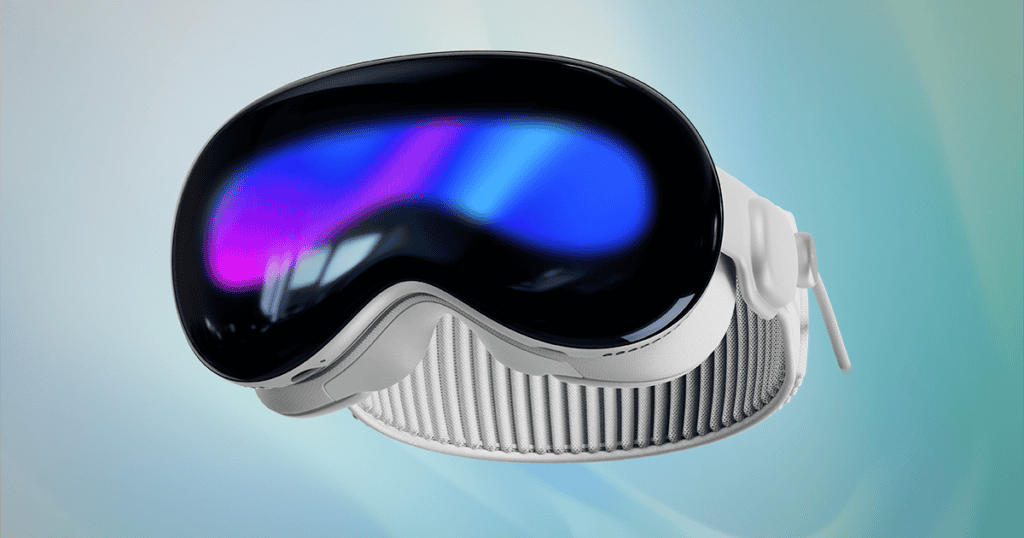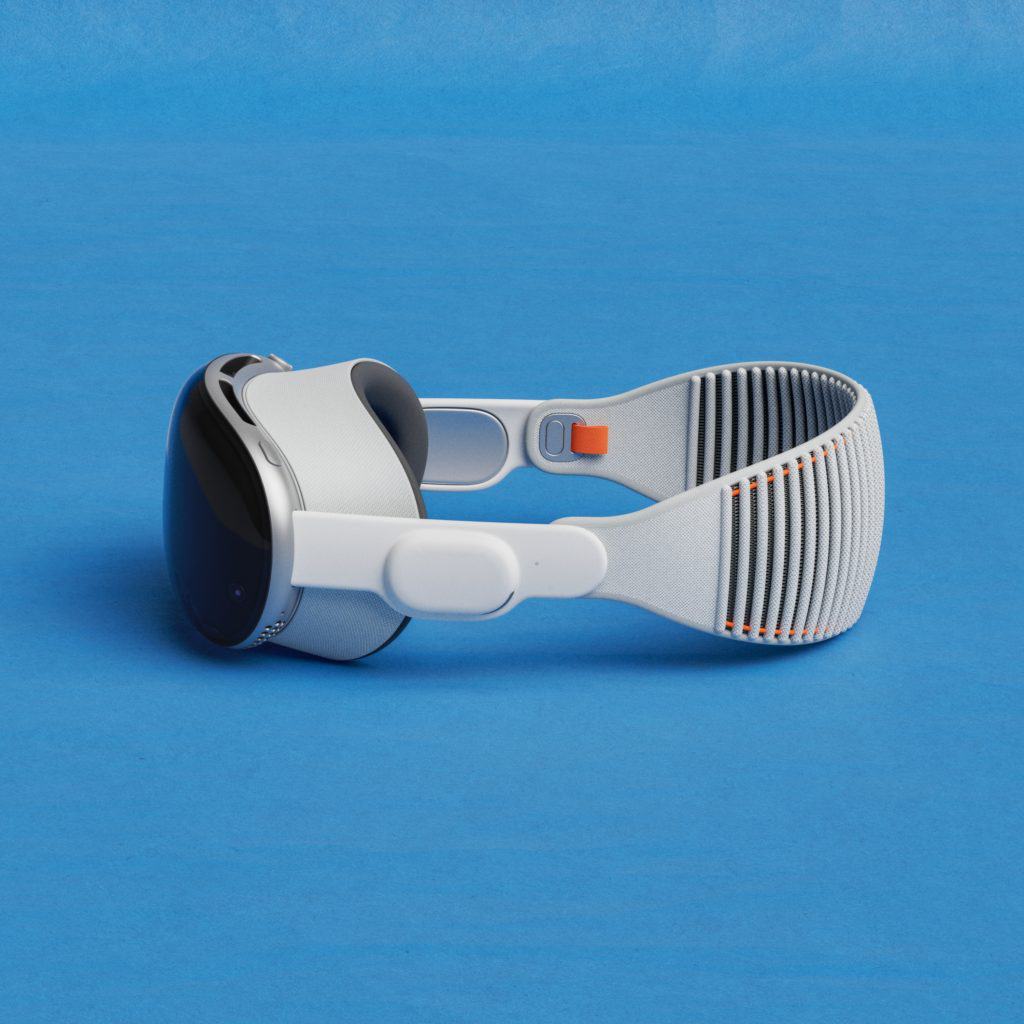Apple may offer a more affordable version of its Apple Vision Pro headset by making it reliant on a tethered iPhone or Mac, according to Bloomberg’s Mark Gurman. This strategy aims to reduce costs while retaining key features of the headset.
Development of an Affordable Model
- Focus Shift: Reports indicate Apple had already shifted resources to developing an affordable Vision Pro model even before the original Vision Pro was released.
- Prototype Details: The lower-cost prototype, codenamed N107, features a narrower field of view compared to the Vision Pro.
Potential Cost-Saving Measures
- Tethered Operation: Apple is considering making the affordable version of the headset more reliant on a tethered Mac or iPhone. This approach allows Apple to save on the processing power and components necessary for a fully standalone device.
- Component Savings: By reducing the need for high-end internal components, Apple can cut costs while still providing a high-quality spatial computing experience.
Challenges and Timeline
- Struggling with Costs: Apple is still working on bringing the cost down while maintaining essential features of the headset.
- Projected Launch: If successful, Apple plans to launch the more affordable headset as early as the end of 2025.
- Long-Term Plan: Gurman notes that this cost-reduction strategy has been in place since before the Vision Pro was unveiled last year.
High-End Market and Second-Generation Vision Pro
- Continued Commitment: Despite the focus on an affordable model, Apple has no plans to abandon the high-end headset market.
- Second-Generation Development: Apple is still working on the second-generation Vision Pro, codenamed N109.
- Enhanced Features: The Vision Pro 2 is expected to have a faster processor and improved external cameras. Apple aims to release this model by the end of 2026 at the earliest.
Key Points Table
| Key Point | Details |
|---|---|
| Affordable Vision Pro | Apple is developing a more affordable version of its Vision Pro headset. |
| Tethered Design | The lower-cost model may rely on a tethered iPhone or Mac to reduce costs. |
| Prototype N107 | This version has a narrower field of view compared to the original Vision Pro. |
| Cost Challenges | Apple is working to balance cost reduction with key feature retention. |
| Release Plans | The affordable headset could launch by the end of 2025, with the second-generation Vision Pro potentially arriving by the end of 2026. |
| Focus Shift | Reports indicate Apple had already shifted resources to developing an affordable Vision Pro model even before the original Vision Pro was released. |
| Component Savings | By reducing the need for high-end internal components, Apple can cut costs while still providing a high-quality spatial computing experience. |
| Struggling with Costs | Apple is still working on bringing the cost down while maintaining essential features of the headset. |
| Long-Term Plan | This cost-reduction strategy has been in place since before the Vision Pro was unveiled last year. |
| Continued Commitment | Despite the focus on an affordable model, Apple has no plans to abandon the high-end headset market. |
| Second-Generation Development | Apple is still working on the second-generation Vision Pro, codenamed N109. |
| Enhanced Features | The Vision Pro 2 is expected to have a faster processor and improved external cameras. |
| Projected Launch | Apple aims to release the second-generation Vision Pro by the end of 2026 at the earliest. |
| Mutual Benefit | Leveraging tethered devices allows cost savings while providing users with high-quality experiences. |
| Market Strategy | Apple’s approach aims to cater to a broader audience by offering both affordable and high-end AR/VR headsets. |
MacReview’s Verdict
Apple’s strategic move to offer an affordable Vision Pro headset by leveraging tethered devices highlights the company’s commitment to making spatial computing more accessible. By focusing on cost-effective solutions while continuing to innovate in the high-end market, Apple aims to cater to a broader audience and strengthen its position in the competitive AR/VR landscape.



